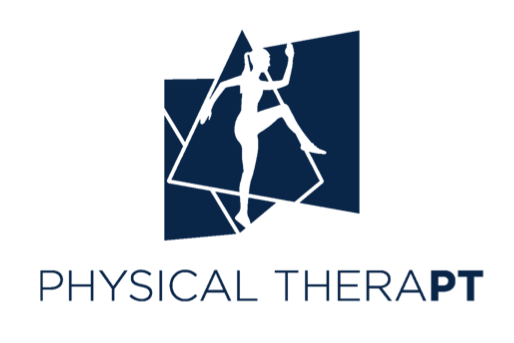If you've ever had an injury—whether it's a sprained ankle from running or joint stiffness after a long day—you've probably wondered: Should I grab an ice pack or reach for a heating pad? The truth is, both cold and heat therapies have their place in both recovery and injury rehabilitation. But knowing when to use each can make all the difference in your healing process.
Cold Therapy
Cold therapy, also known as cryotherapy, is the go-to for acute injuries. Think sudden sprains, strains, or any type of trauma where swelling is your body's immediate response. Ice helps to reduce swelling, numb the pain, and limit damage to the tissues.
How It Works:
When you apply cold, it causes blood vessels to constrict (Knight & Draper, 2013). This reduces blood flow, which means less swelling. It also numbs the area, providing almost instant pain relief—especially useful during the first 48 hours after injury. Research indicates that cryotherapy is particularly effective at reducing swelling and pain during the initial phase after an injury or surgery (Hubbard & Denegar, 2004). Some common methods include:
Ice packs or gel packs: Quick and easy for small areas like a sprained wrist or ankle.
Ice baths: Athletes swear by these for post-exercise recovery, especially after intense training.
Cryotherapy chambers: More intense, these are becoming popular for whole-body cold therapy.
When to Use It:
Cold therapy is most effective within 48 hours of injury and should be applied for no more than 20 minutes at a time. It’s is perfect for:
Acute injuries (sprains, strains, or fractures)
Reducing post-workout soreness
Controlling post-surgical swelling
What to Watch Out For:
Do not apply ice directly to your skin—it can cause frostbite. Always wrap it in a towel or cloth to protect yourself.
Cold therapy should also be avoided if you have poor circulation or conditions like Raynaud’s disease.
Additionally, it's important to note that while ice can reduce pain and swelling in the short term, the long-term benefits of cryotherapy, particularly on tissue repair and recovery, remain unclear (Hubbard & Denegar, 2004).
Heat Therapy
Where cold therapy excels at calming inflammation, heat therapy is ideal for those days when your muscles are tight and your joints feel stiff. Heat is a great way to increase blood flow and relax the muscles. It’s perfect for anyone dealing with chronic pain or conditions like arthritis.
How It Works:
Applying heat causes blood vessels to dilate, allowing more oxygen and nutrients to reach sore areas. This helps relax tight muscles, soothe joint pain, and improve flexibility (Knight & Draper, 2013). There are two main types of heat therapy:
Dry heat: Heating pads or an infrared sauna.
Moist heat: Warm baths or steamed towels, which penetrate deeper into the muscles.
When to Use It:
Heat therapy can be beneficial before activities that require significant flexibility or range of motion. It’s recommended to apply heat for 20-30 minutes, and works best for:
Chronic neck or back pain
Joint stiffness from arthritis
Muscle tightness or spasms
What to Watch Out For:
Be careful not to use heat on new injuries or swollen areas. It can actually make swelling worse.
Make sure the heat is comfortable, not too hot, to avoid burns.
Can You Combine Cold and Heat?
If you’re wondering whether you can use both, the answer is yes. This is known as contrast therapy, where you alternate between cold and heat. Cold reduces the swelling, and heat increases blood flow and mobility.
Contrast therapy is especially useful for:
Soft tissue injuries
Post-surgical recovery
Reducing muscle tension after exercise
Listen to Your Body
At the end of the day, both cold and heat therapies are powerful tools, but they aren’t one-size-fits-all. The right treatment depends on your specific condition and how your body responds. Always consult with a healthcare professional if you are unsure, especially if your symptoms persist or worsen.
Cold and heat therapies are simple but effective ways to manage pain, reduce inflammation, and promote recovery. Whether you’re dealing with a new injury or chronic stiffness, using these therapies correctly can help you get back to doing what you love—without unnecessary setbacks.
To learn more, check out these resources:
Hubbard, T. J., & Denegar, C. R. (2004). Does cryotherapy improve outcomes with soft tissue injury? Journal of Athletic Training, 39(3), 278-279.
Knight, K. L., & Draper, D. O. (2013). Therapeutic modalities: The art and science. Lippincott Williams & Wilkins.











